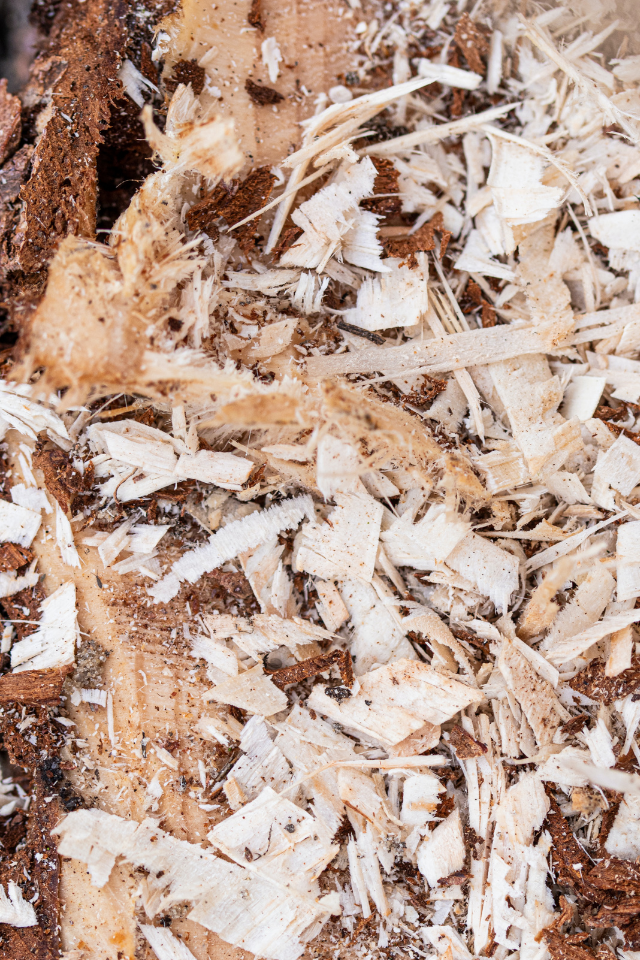
What should I pick? MDF or particle board for dining table material?
MDF and particle board are both commonly used materials for furniture, including dining tables.
MDF, which stands for medium-density fiberboard, is made of small wood fibers that are glued together under heat and pressure.
Particle board is made of larger wood chips or shavings that are glued together with a resin.
Let's dive and explore the pros and cons of those two materials.
Both MDF and particle board furniture have some advantages and disadvantages.
MDF is typically more expensive than particle board but it is also more stable and less likely to warp or chip.
It can also be painted or stained more easily than particle board. That's why it can be easier to find an MDF table that matches the finish of your existing dining room furniture.
MDF is also more resistant to moisture, making it a better choice for areas like kitchens, dining rooms, and bathrooms.
Particle board furniture is usually less expensive but it is not as durable and may show wear over time.
It's often used in high-end restaurants and hotels because it can be made to look like solid wood furniture but it's way cheaper.
Compared to MDF most of the time the tables made from particle board are lighter in weight, which can be an advantage if you need to move the furniture around often.
The material is easy to work with which makes it commonly used and relatively inexpensive, making it a good option for budget-minded shoppers.
When choosing a material for your dining table, it's important to consider both your budget and your long-term needs.
If you are looking for an option that will resist wear and tear, MDF may be the right choice for you.
However, if the piece is only going to be used occasionally, then particle board is the better choice.
Browse our MDF or particle board options and pick the best table for your needs today!
MDF, which stands for medium-density fiberboard, is made of small wood fibers that are glued together under heat and pressure.
Particle board is made of larger wood chips or shavings that are glued together with a resin.
Let's dive and explore the pros and cons of those two materials.
Both MDF and particle board furniture have some advantages and disadvantages.
MDF is typically more expensive than particle board but it is also more stable and less likely to warp or chip.
It can also be painted or stained more easily than particle board. That's why it can be easier to find an MDF table that matches the finish of your existing dining room furniture.
MDF is also more resistant to moisture, making it a better choice for areas like kitchens, dining rooms, and bathrooms.
Particle board furniture is usually less expensive but it is not as durable and may show wear over time.
It's often used in high-end restaurants and hotels because it can be made to look like solid wood furniture but it's way cheaper.
Compared to MDF most of the time the tables made from particle board are lighter in weight, which can be an advantage if you need to move the furniture around often.
The material is easy to work with which makes it commonly used and relatively inexpensive, making it a good option for budget-minded shoppers.
When choosing a material for your dining table, it's important to consider both your budget and your long-term needs.
If you are looking for an option that will resist wear and tear, MDF may be the right choice for you.
However, if the piece is only going to be used occasionally, then particle board is the better choice.
Browse our MDF or particle board options and pick the best table for your needs today!
